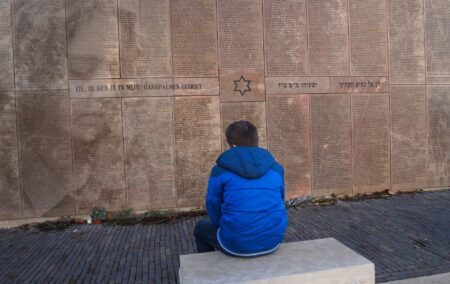The 79th anniversary this week of the Babyn Yar massacre in Kiev during the Second World War has highlighted the role of contemporary research in yielding new insights into the atrocity.
Researchers, who are part of the team creating a Babyn Yar Holocaust Memorial Centre in the Ukrainian city, have uncovered the identities of more than 900 previously unknown Babyn Yar victims.
It is also reported that archivists and scientists are using topographic maps, forensic tools, historic photographs and eyewitness accounts to identify the exact location of the massacre for the first time.
Over two days in 1941 – 29 and 30 September – a Nazi death squad shot 33 771 Jewish Ukrainian men, women and children in the Babyn Yar ravine. Thus Babyn Yar became one of the biggest mass graves in Europe.
The decision to kill all the Jews in Kiev was made by the military governor, Major General Kurt Eberhard, the Police Commander for Army Group South, SS-Obergruppenführer Friedrich Jeckeln and Einsatzgruppe C Commander Otto Rasch.
Sonderkommando 4a soldiers and the SD and SS Police Battalions with the Ukrainian Auxiliary Police backed by the Wehrmacht, carried out the orders.
The massacre was the largest mass killing in the history of the Holocaust to that date; Babyn Yar was only surpassed by the Odessa massacre of more than 50 000 Jews in October 1941, committed by German and Romanian troops. In November 1943 up to 43 000 Jews were murdered in occupied Poland.
Victims of other massacres at Babyn Yar included Soviet prisoners of war, communists, Ukrainian nationalists and Roma. It is estimated that between 100 000 and 150 000 people were murdered there during the German occupation.
The Babyn Yar Holocaust Memorial Centre, set to open in 2026, will be the first memorial site of its kind anywhere in the former Soviet Union.
According to Natan Sharansky, former Israeli lawmaker and one-time Soviet refusenik, who chairs the board of the new centre, Soviet authorities long opposed Holocaust monuments for political and ideological reasons.
That changed, in Kiev, when Ukraine won its independence in 1991.

